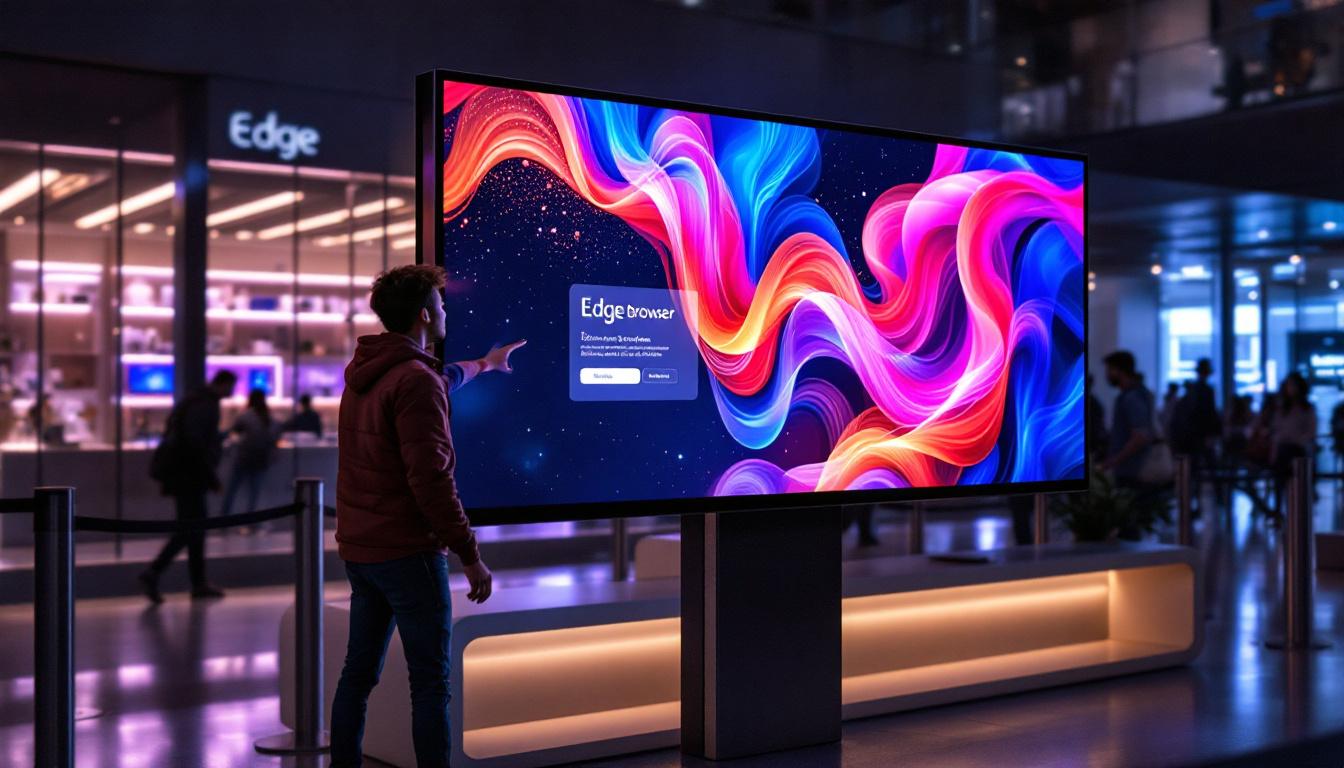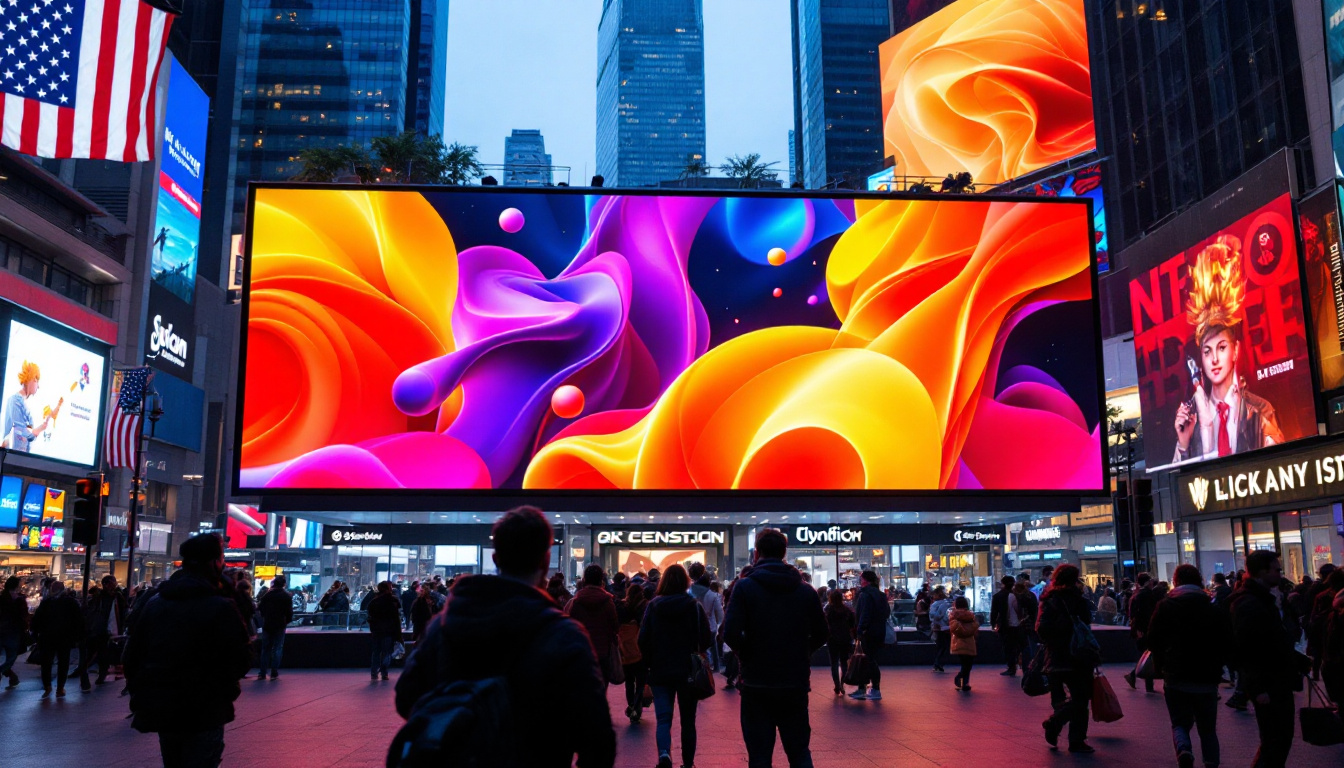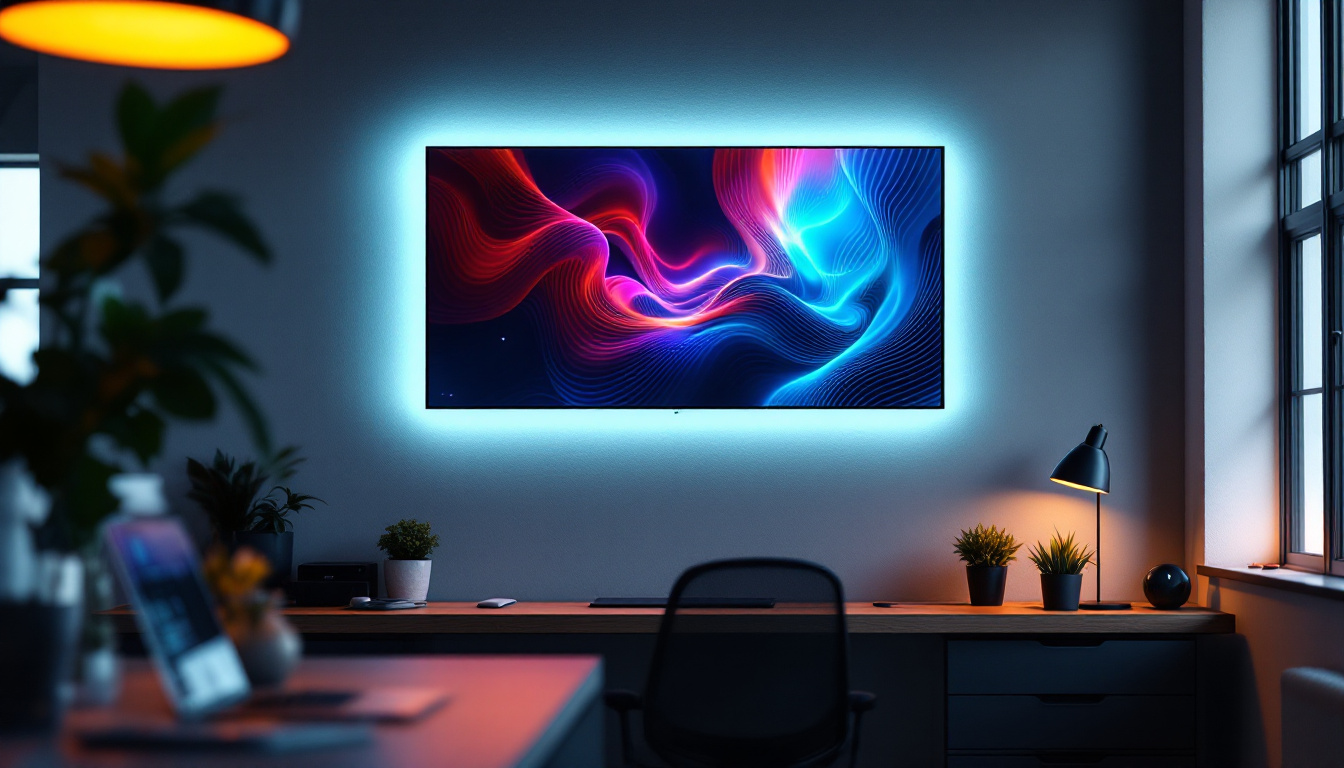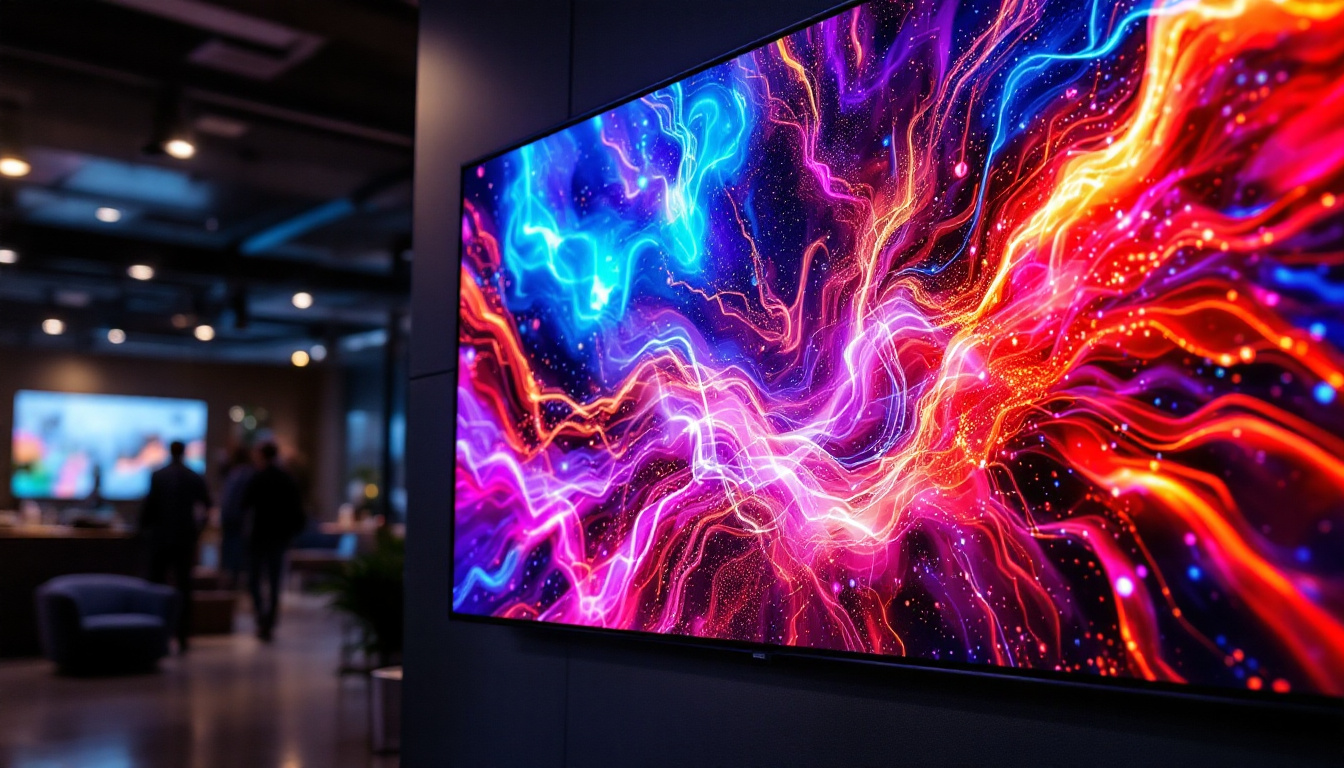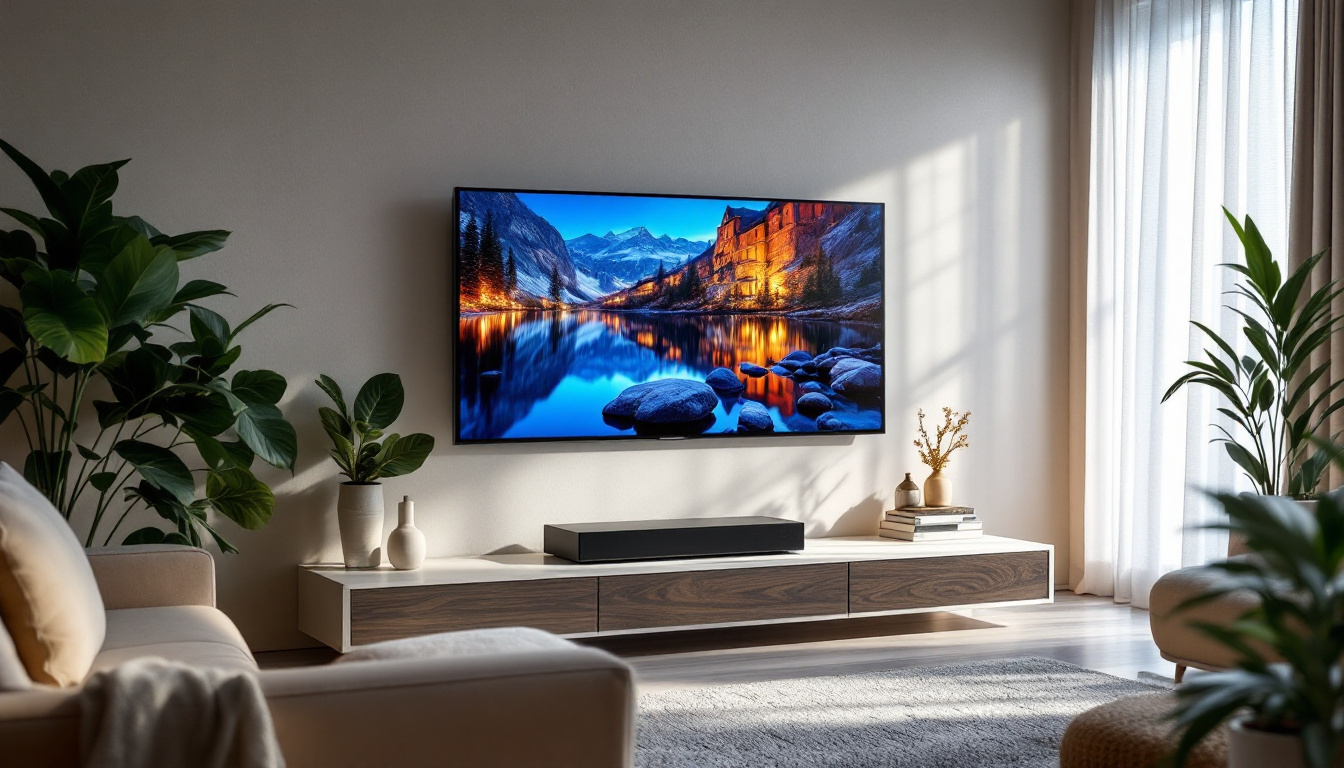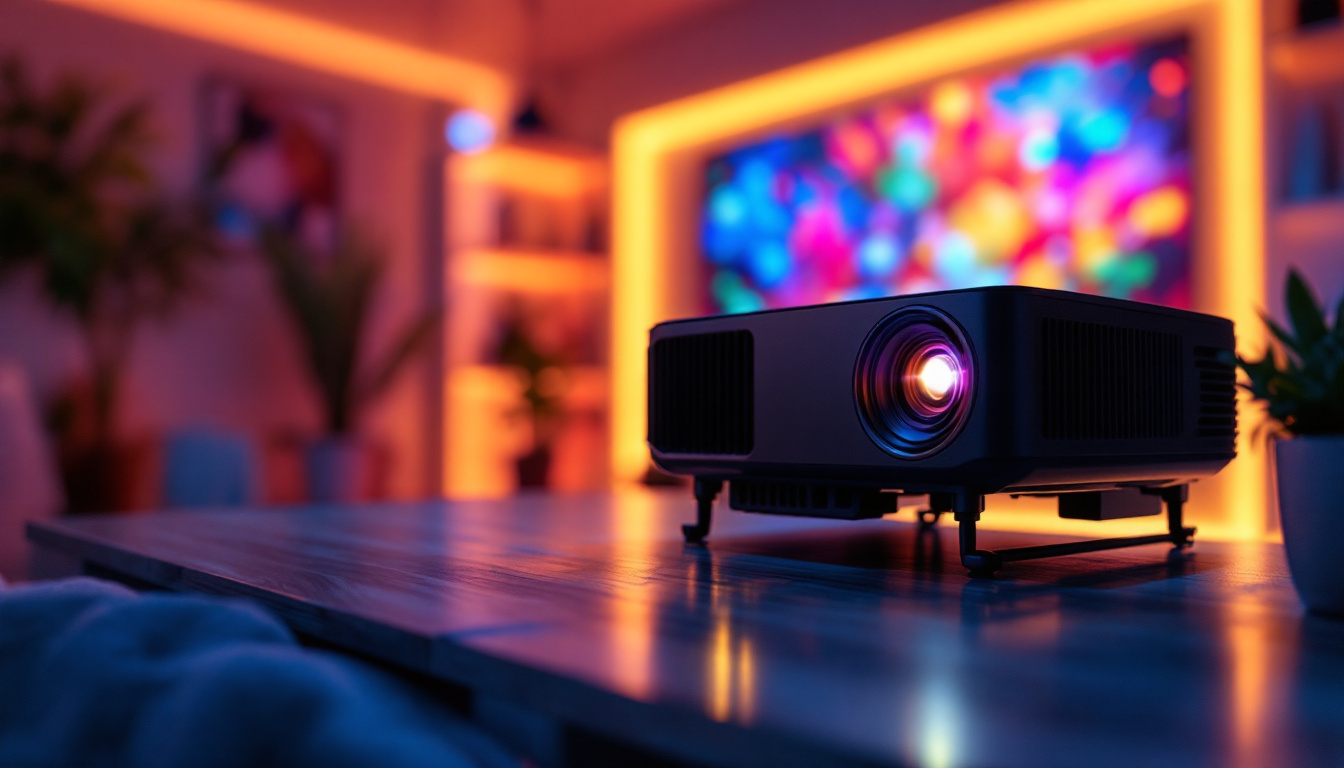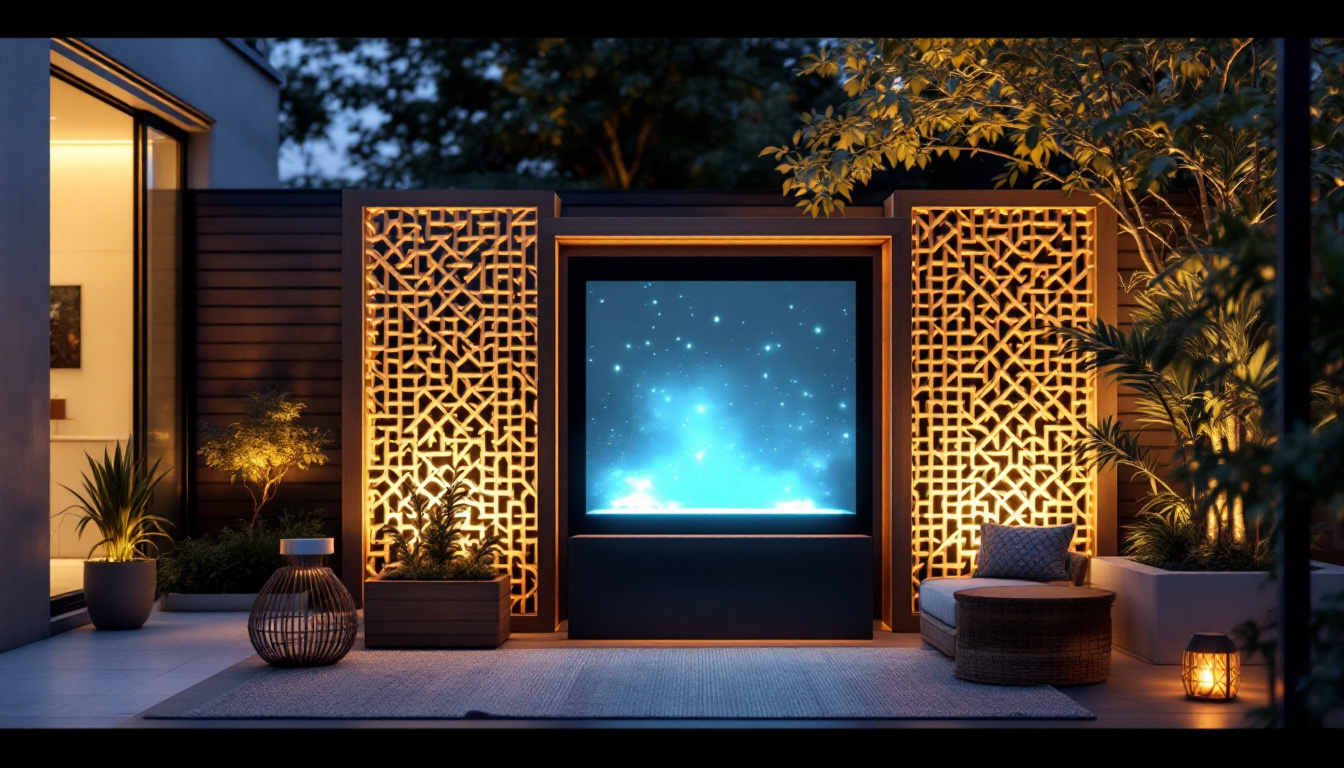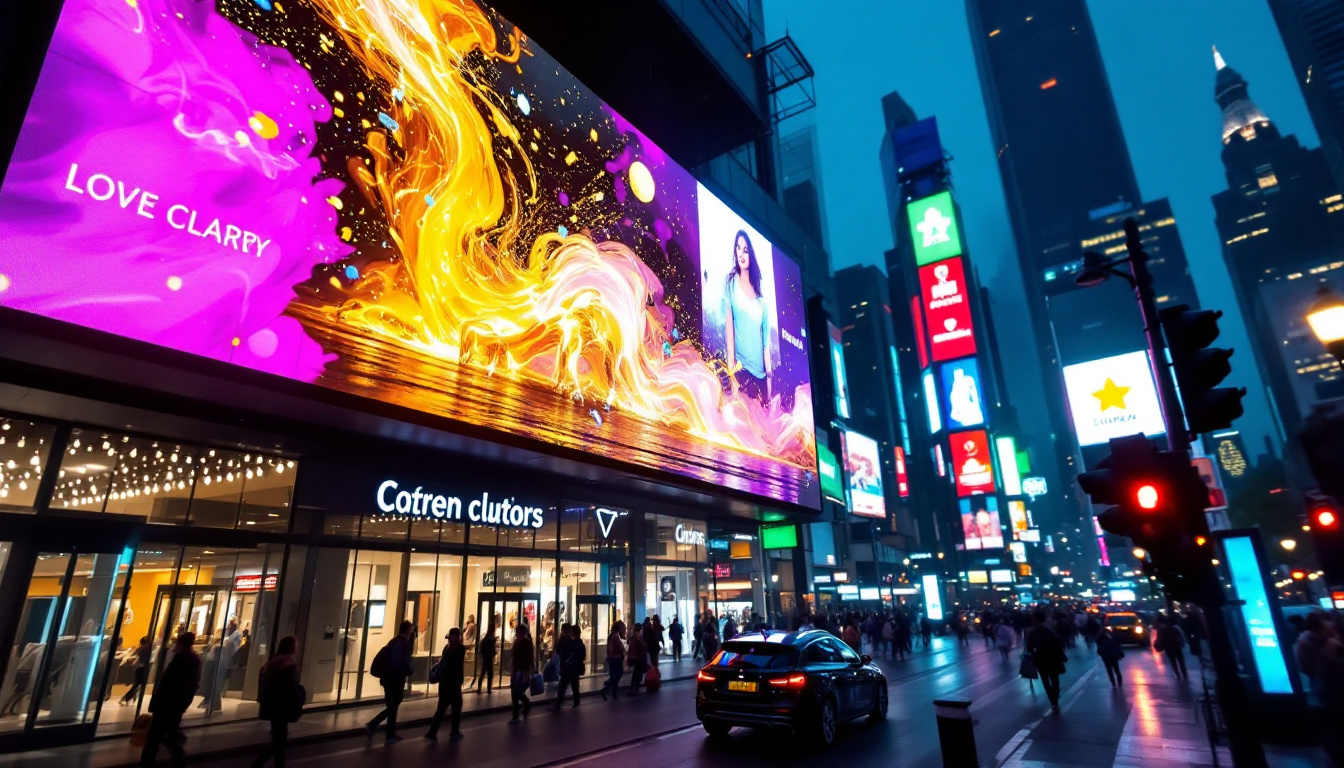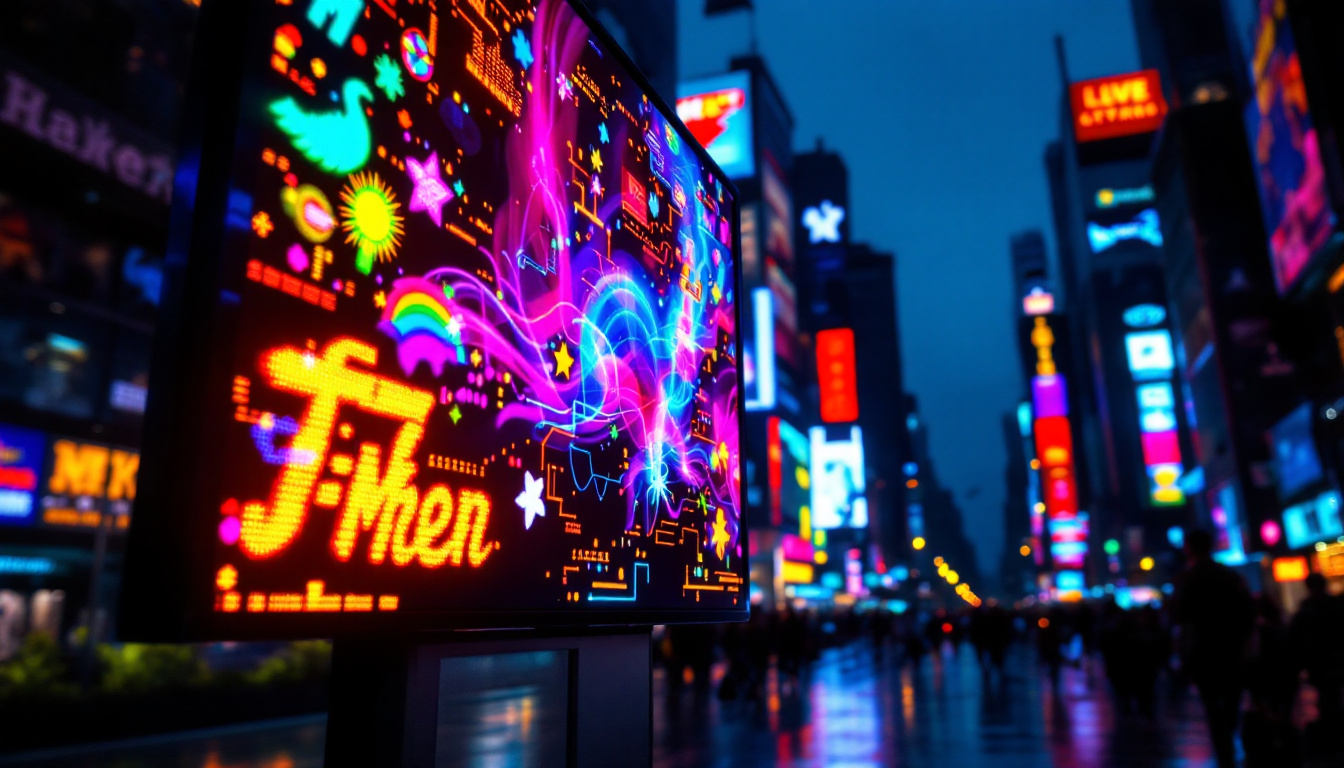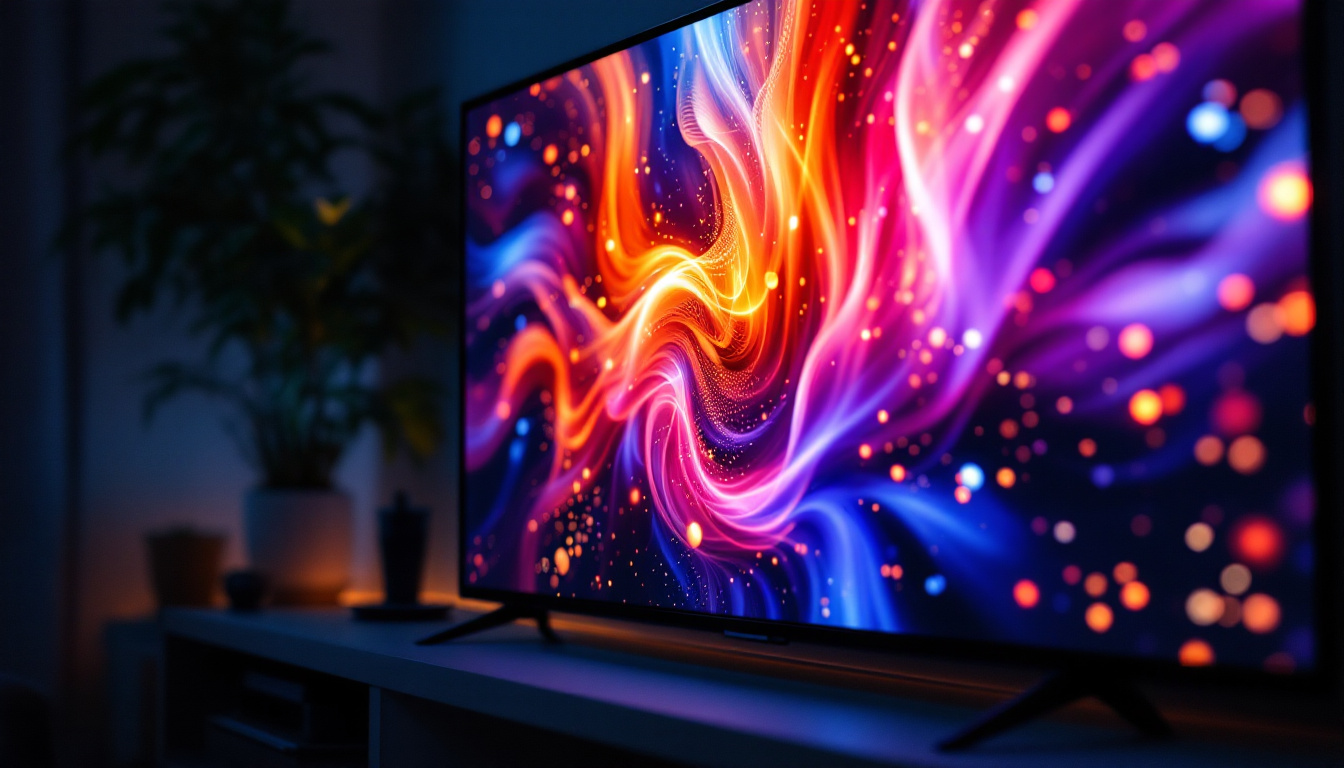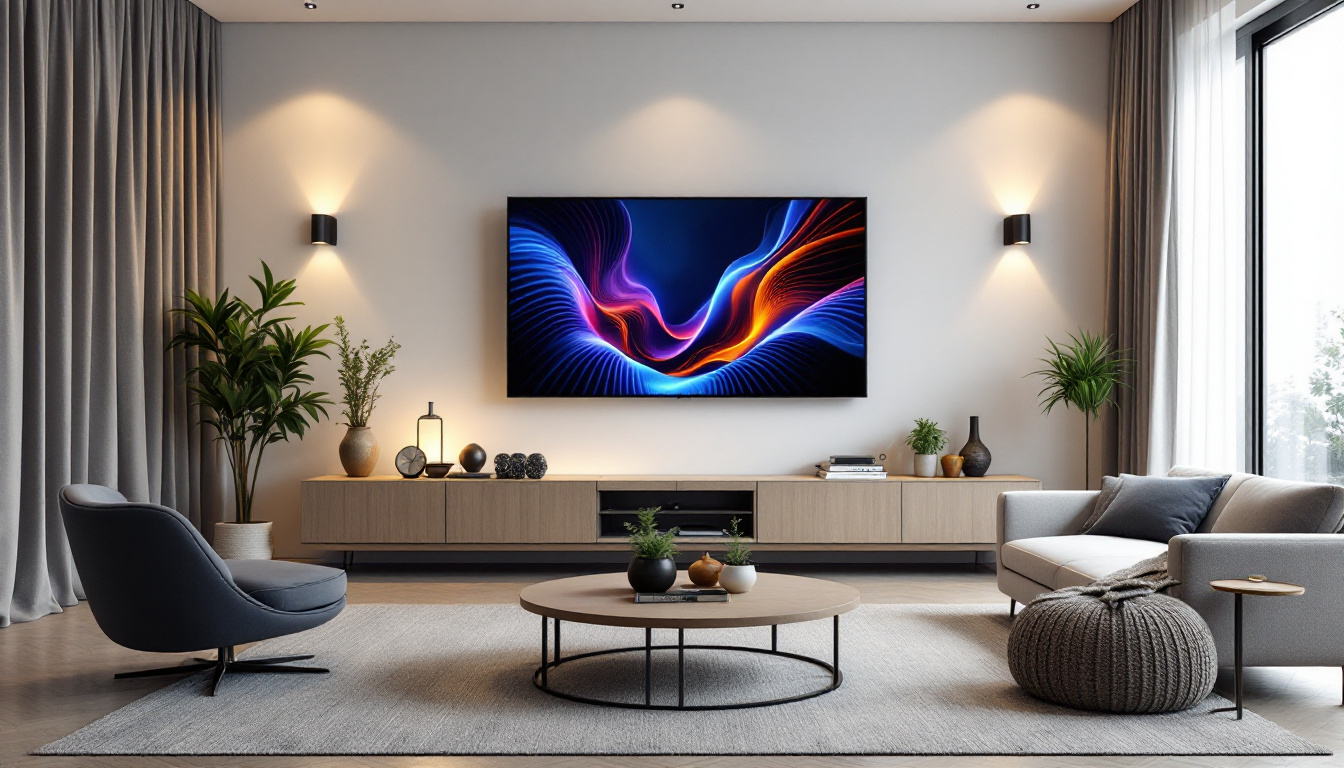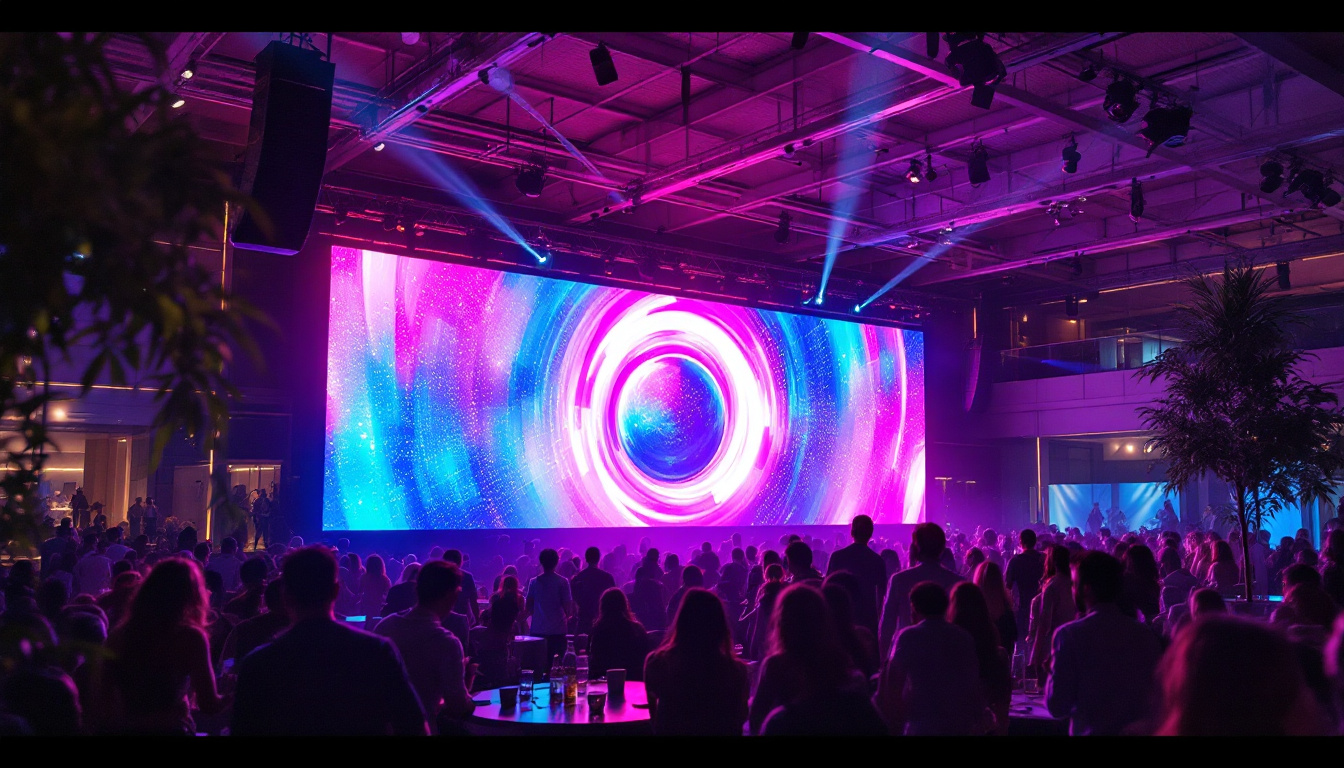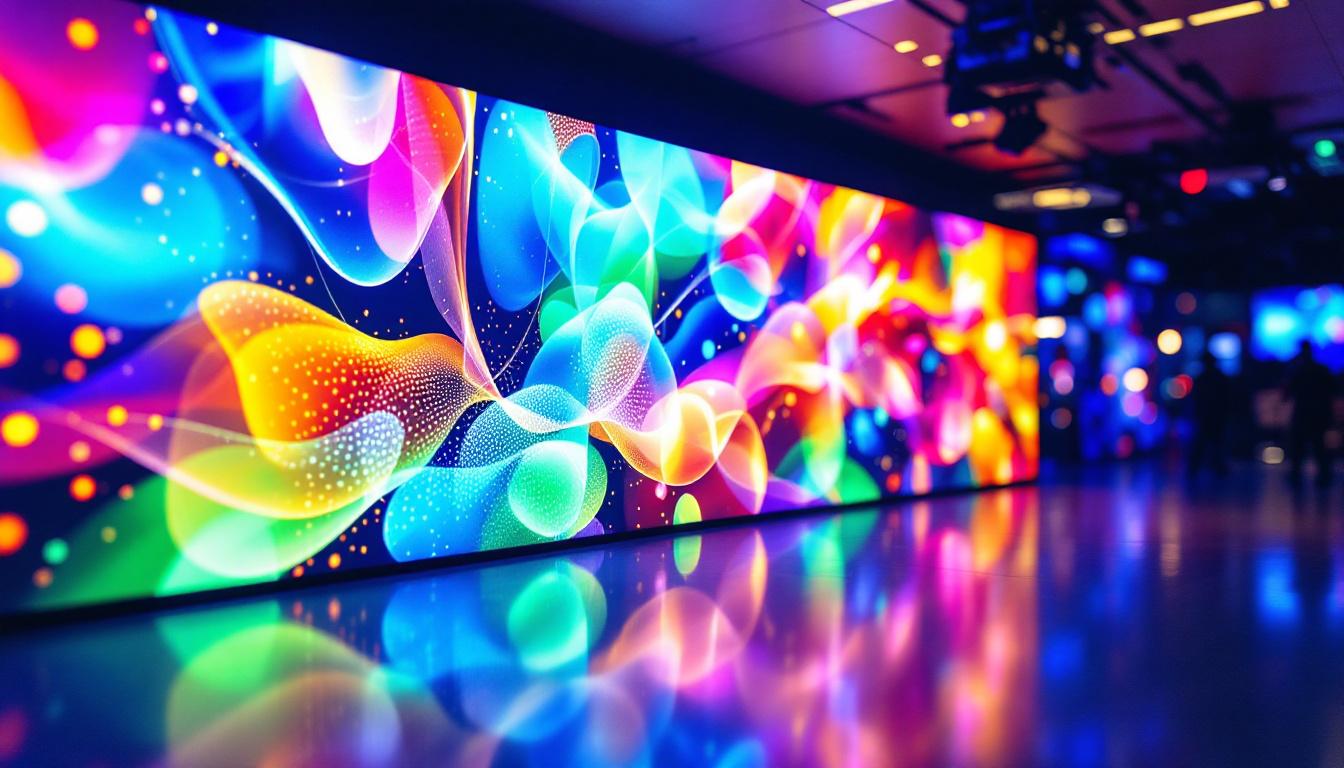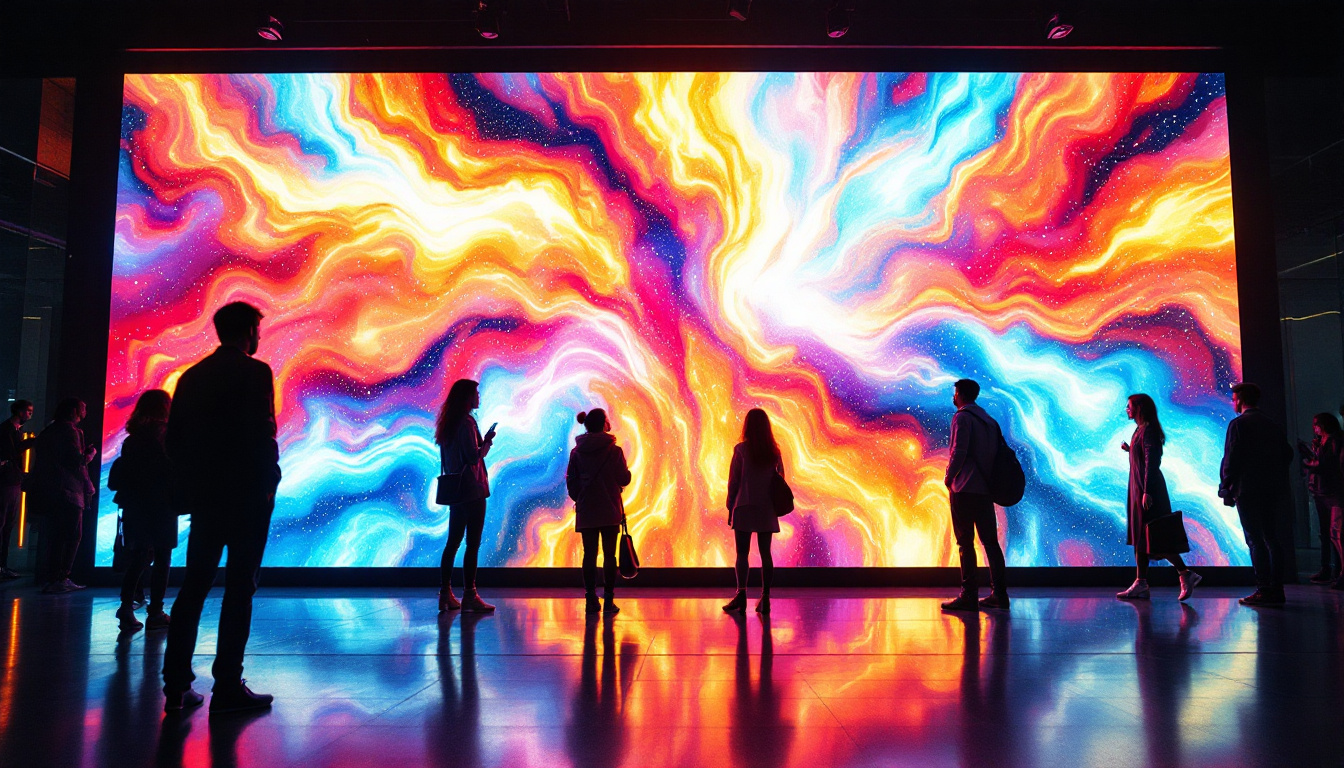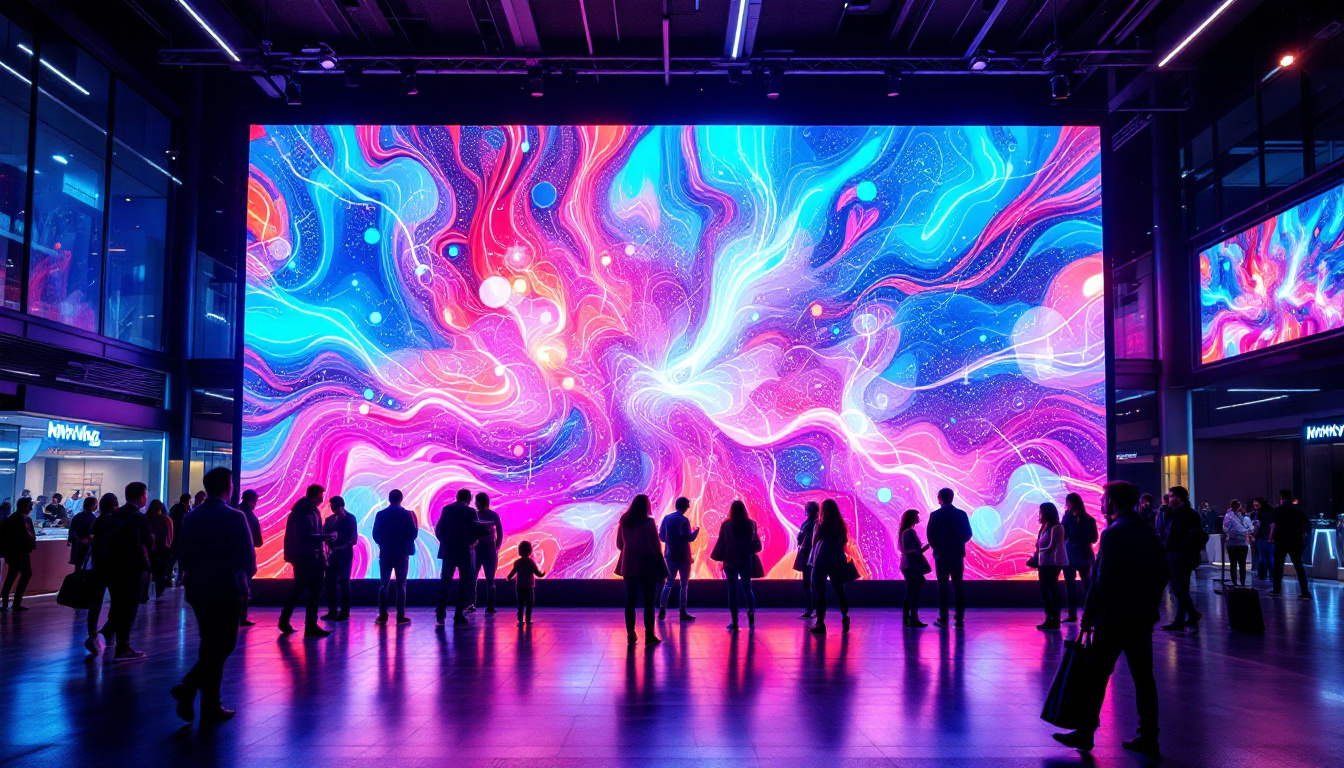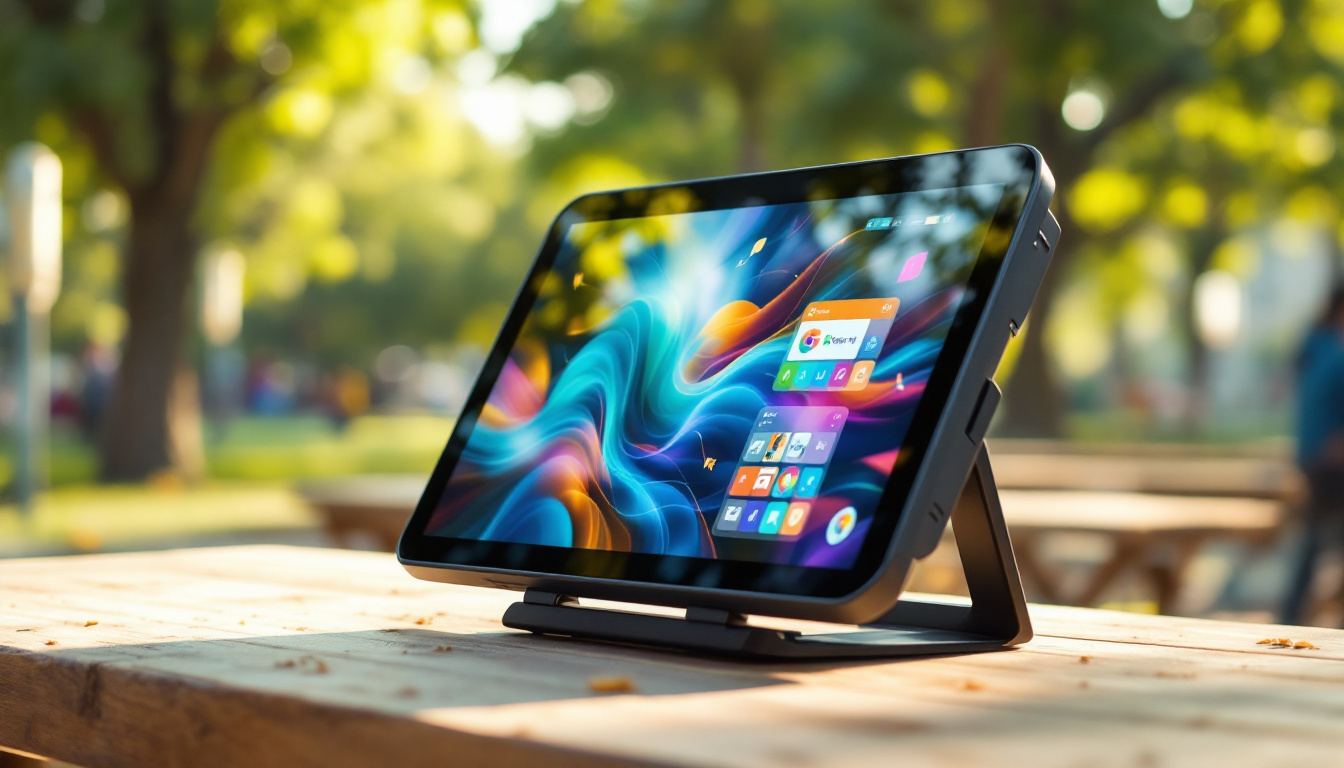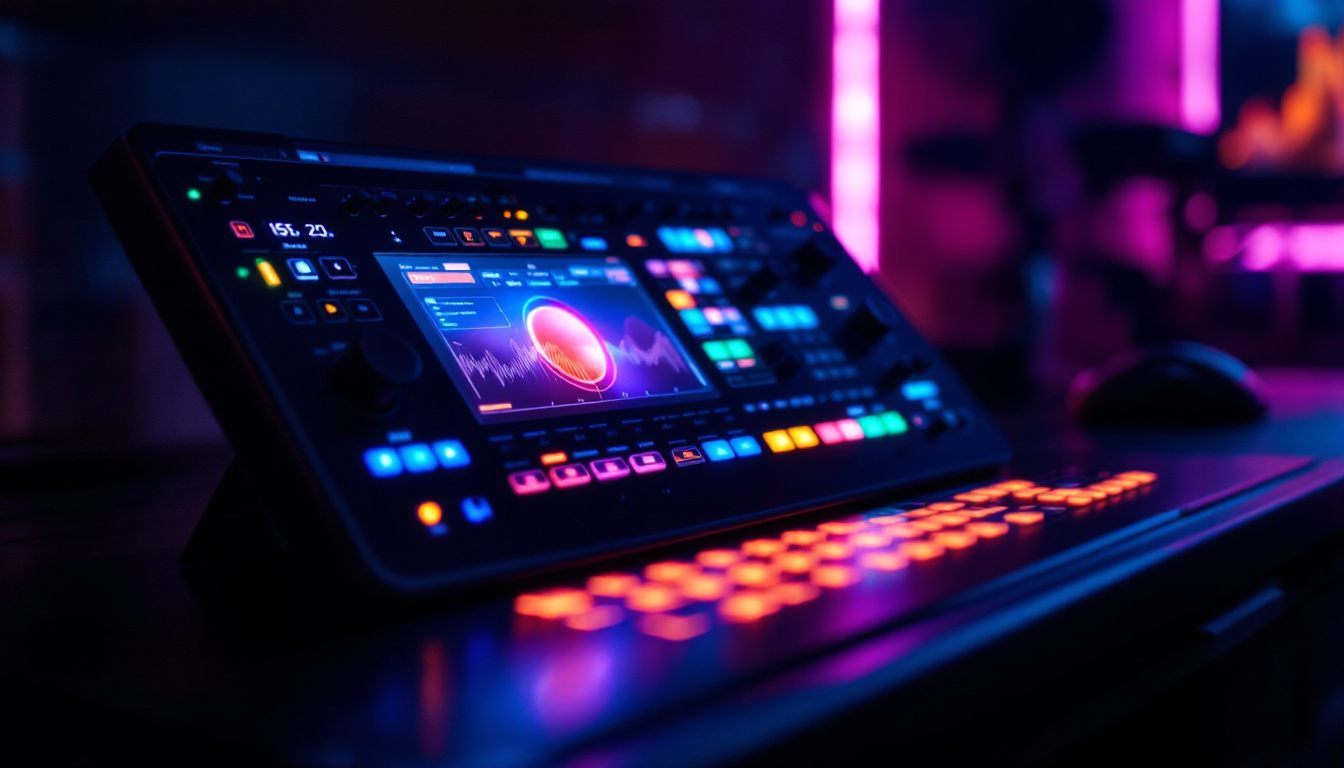In today’s digital landscape, businesses and organizations increasingly rely on interactive and dynamic displays to communicate with customers, employees, and visitors. From retail storefronts to corporate lobbies, LED displays have become a powerful tool for delivering targeted content and enhancing user engagement. Microsoft Edge’s Kiosk Mode offers a streamlined, secure way to deploy web-based content on LED screens and other public-facing terminals.
This article delves into the capabilities of Edge Browser’s Kiosk Mode, focusing on its application with LED displays. It covers the technical features, practical use cases, and best practices to help IT professionals, digital signage managers, and business owners make the most of this technology.
Understanding Edge Browser Kiosk Mode
Microsoft Edge Kiosk Mode is a specialized feature designed to run the browser in a locked-down environment. It restricts user interaction to a single web application or website, preventing access to other system functions or browser features. This makes it ideal for public-facing devices where security, stability, and simplicity are paramount.
What is Kiosk Mode?
Kiosk Mode transforms a standard Windows device into a dedicated terminal that runs a single app or browser window. Unlike a typical desktop environment, users cannot navigate away from the designated content, minimizing the risk of misuse or accidental changes. This mode is widely used in settings such as self-service kiosks, interactive displays, and digital signage. By limiting user access, organizations can ensure that their content is presented exactly as intended, without the interference of unintended browsing or application usage.
Furthermore, Kiosk Mode can be tailored to suit specific business needs. For instance, museums may use it to provide interactive exhibits, allowing visitors to explore information about exhibits without the distraction of other applications. Similarly, retail environments can deploy kiosks for customers to browse products, check prices, or even place orders, all while maintaining a controlled and focused experience.
Why Use Edge Browser for Kiosk Mode?
Microsoft Edge is built on the Chromium engine, offering compatibility with modern web standards and robust performance. Its integration with Windows 10 and Windows 11 provides seamless deployment and management options. Edge supports features essential for kiosk deployments, including:
- Full-screen browsing without browser UI elements
- Automatic reloads and crash recovery
- Customizable startup URLs
- Support for multiple kiosk profiles
- Security enhancements like Application Guard and sandboxing
These capabilities make Edge a reliable choice for businesses looking to deploy secure, stable, and visually engaging LED display solutions. Additionally, Edge’s support for Progressive Web Apps (PWAs) allows businesses to create immersive experiences that feel like native applications, further enhancing user engagement. This is particularly beneficial in environments where users expect quick access to information or services, such as airports or shopping malls, where every second counts.
Moreover, the management of kiosk settings can be streamlined through Microsoft Endpoint Manager, allowing IT administrators to easily configure and monitor kiosk devices remotely. This centralized management capability not only simplifies the deployment process but also ensures that devices can be updated and secured without requiring physical access. As a result, organizations can maintain a consistent and secure user experience across all their kiosk deployments, regardless of location.
How Edge Browser Kiosk Mode Works with LED Displays
LED displays, often used for digital signage, benefit greatly from the streamlined and secure environment provided by Edge Kiosk Mode. The browser can render rich HTML5 content, videos, animations, and interactive elements optimized for large-format screens.
Technical Integration
Deploying Edge Kiosk Mode on an LED display involves configuring a Windows device connected to the LED panel. This device runs Edge in kiosk mode, loading the web-based content designed for the display. The setup typically includes:
- A Windows 10/11 PC or embedded device with Edge installed
- An LED display panel with HDMI or DisplayPort input
- Network connectivity for content updates and remote management
Once configured, the device boots directly into Edge Kiosk Mode, displaying the designated URL full-screen without any user interface distractions.
Content Delivery and Management
Content displayed on LED screens via Edge Kiosk Mode can be managed through web-based content management systems (CMS). These platforms enable administrators to schedule updates, change layouts, and push new media remotely. The browser’s support for modern web technologies ensures compatibility with dynamic content such as:
- Live data feeds and dashboards
- Video streams and animations
- Interactive touch elements (if the display supports touch)
- Responsive layouts adapting to screen resolution
This flexibility allows businesses to keep their LED displays fresh and relevant, enhancing audience engagement.
Practical Use Cases of Edge Kiosk Mode on LED Displays
Edge Browser Kiosk Mode is versatile and can be applied across various industries and scenarios. The following examples highlight how organizations leverage this technology effectively.
Retail and Hospitality
In retail environments, LED displays serve as digital signage for promotions, product information, and wayfinding. Edge Kiosk Mode ensures that these displays run continuously without interruption or tampering. For example, a clothing store might use an LED display to showcase seasonal collections and flash sales, updating content remotely to reflect inventory changes.
Hotels and restaurants utilize LED displays in lobbies and waiting areas to provide guests with information about services, menus, and events. The kiosk mode guarantees that guests only see intended content, preserving the professional appearance of the establishment.
Corporate and Educational Settings
Corporate offices employ LED displays for internal communications, such as meeting room schedules, company announcements, and performance dashboards. Edge Kiosk Mode helps maintain a secure environment where sensitive information is displayed without risk of unauthorized access.
Educational institutions use LED displays to broadcast event schedules, emergency notifications, and campus news. The ability to remotely update content ensures timely and accurate messaging across multiple locations.
Public Information and Transportation
Transit hubs and public spaces rely on LED displays for real-time information like arrival times, service alerts, and wayfinding. Edge Kiosk Mode’s stability and security are crucial in these high-traffic environments, where devices must operate reliably 24/7.
Government buildings and museums also use LED displays to provide visitors with interactive exhibits and informational content, enhancing the overall experience.
Setting Up Edge Browser Kiosk Mode for LED Displays
Implementing Edge Kiosk Mode requires careful planning and configuration to ensure optimal performance and security. The following steps outline a typical setup process.
System Requirements
Before deployment, confirm that the hardware and software meet the necessary requirements:
- Operating System: Windows 10 version 1809 or later, or Windows 11
- Browser: Microsoft Edge (Chromium-based), updated to the latest version
- Hardware: A PC or embedded device with sufficient processing power and graphics capability to drive the LED display at native resolution
- Network: Reliable internet or intranet connection for content updates
Configuring Kiosk Mode
There are two primary ways to configure Edge Browser Kiosk Mode on Windows:
- Using Windows Settings: Navigate to Settings > Accounts > Family & other users > Set up a kiosk. Follow the wizard to create a kiosk account and specify Microsoft Edge as the app to run in kiosk mode. You can choose between digital signage mode (single app, full screen) or multi-app kiosk mode.
- Using Group Policy or PowerShell: For enterprise environments, administrators can deploy kiosk configurations via Group Policy Objects (GPO) or PowerShell scripts, enabling automated and scalable rollouts.
Once configured, the device will boot directly into Edge Kiosk Mode, loading the specified URL in full-screen mode.
Optimizing Content for LED Displays
To maximize the impact of LED displays running Edge Kiosk Mode, content should be designed with the following considerations:
- Resolution and Aspect Ratio: Match the content resolution to the native resolution of the LED panel to avoid distortion or blurriness.
- Brightness and Contrast: Use high-contrast colors and bold fonts to ensure readability from a distance, especially in brightly lit environments.
- Performance: Optimize media files for smooth playback and minimal load times to prevent lag or freezing.
- Accessibility: Incorporate accessible design principles to accommodate diverse audiences, including those with visual impairments.
Security and Maintenance Considerations
Deploying Edge Browser Kiosk Mode on LED displays in public or semi-public environments introduces unique security and maintenance challenges. Addressing these proactively helps maintain reliability and user trust.
Security Best Practices
Since kiosk devices are often unattended, securing them against tampering and unauthorized access is critical. Recommended practices include:
- Locking down the operating system: Restrict access to system settings and prevent users from exiting kiosk mode.
- Using strong authentication: Secure administrative accounts with complex passwords and multi-factor authentication.
- Regular updates: Keep Windows, Edge, and all related software up to date with security patches.
- Network security: Use firewalls and VPNs to protect data transmissions and remote management channels.
Maintenance and Monitoring
Continuous monitoring ensures that LED displays remain operational and display accurate content. Consider implementing:
- Remote monitoring tools: Track device health, uptime, and content status remotely.
- Automated alerts: Receive notifications of crashes, connectivity issues, or unauthorized access attempts.
- Scheduled reboots: Periodic restarts can help clear memory leaks and maintain performance.
- Backup configurations: Maintain backup copies of kiosk settings and content to facilitate rapid recovery.
Future Trends and Enhancements
As digital signage and kiosk technologies evolve, Edge Browser Kiosk Mode is poised to incorporate new features and integrations that enhance functionality and user experience.
Integration with IoT and AI
The convergence of Internet of Things (IoT) devices and artificial intelligence (AI) is transforming how LED displays operate. Future kiosk deployments may leverage AI-driven content personalization, facial recognition for tailored messaging, and real-time environmental sensing to adjust display parameters automatically.
Enhanced Interactivity
Touch-enabled LED displays combined with Edge Kiosk Mode can provide richer interactive experiences. Advances in gesture recognition and voice control may further reduce the need for physical contact, a trend accelerated by health and safety considerations.
Cloud-Based Management
Cloud platforms are increasingly used to centralize content management and device monitoring. Microsoft’s integration of Edge with Azure services offers scalable solutions for managing large fleets of kiosks and LED displays across multiple locations.
Conclusion
Microsoft Edge Browser Kiosk Mode offers a secure, flexible, and efficient way to deploy web-based content on LED displays. Its robust features, combined with the power of modern web technologies, make it an excellent choice for businesses and organizations seeking to enhance their digital signage and kiosk solutions.
By understanding the technical setup, optimizing content, and adhering to security best practices, organizations can maximize the impact of their LED displays while minimizing operational risks. As technology advances, Edge Kiosk Mode will continue to evolve, enabling even more dynamic and engaging digital experiences.
Discover LumenMatrix LED Display Solutions
Ready to elevate your digital signage and create immersive experiences that captivate and engage? LumenMatrix is at the forefront of LED display innovation, offering a diverse range of solutions tailored to meet your unique needs. From vibrant Indoor LED Walls to dynamic Outdoor LED Displays and beyond, our technology is designed to bring your vision to life with unparalleled clarity and impact. Don’t just communicate—mesmerize with LumenMatrix. Check out LumenMatrix LED Display Solutions today and transform your visual storytelling.

